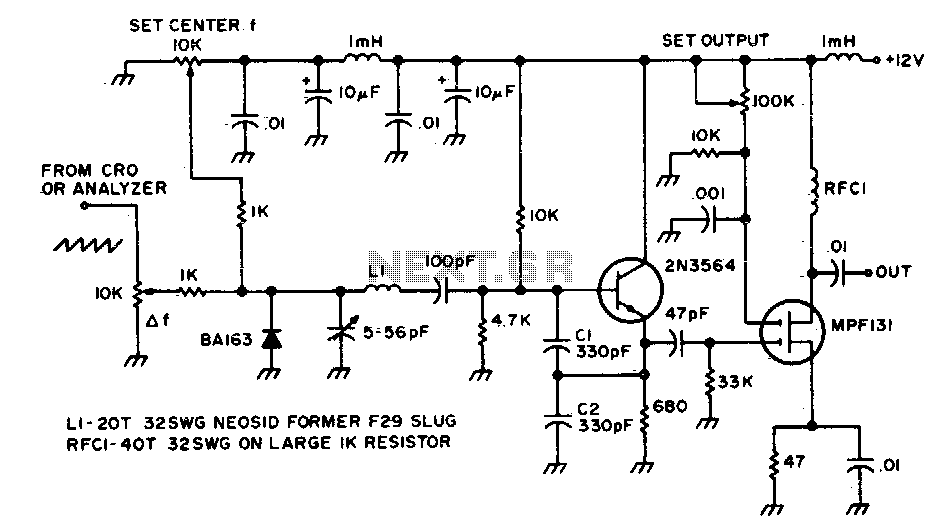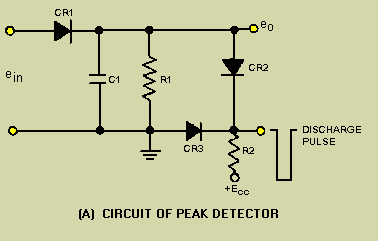
3 phase sinewave generator

It can be assumed that individuals interested in constructing this circuit possess a reasonable understanding of electronics, particularly regarding the use of operational amplifiers. This circuit is based on the principle that the phase difference between the output of a Wien oscillator and the junction of the capacitor-resistor (CR) in the series feedback remains constant, regardless of the oscillation frequency. The phases are determined by combining the appropriate magnitudes and signs of voltages derived from these two sources. This design is a variation of a circuit found in commercially manufactured equipment. The original design included several preset potentiometers to allow adjustments of the amplitudes and phase differences between the outputs. However, these potentiometers have been replaced with two series resistors in certain locations. Due to minor mechanical play between the shaft and rear section of the dual amplitude-setting potentiometer, there is a slight variation in the amplitudes and phases of the outputs when the rotation direction is altered. This inconsistency would have rendered the use of the aforementioned presets ineffective. While this variation is inconsequential for the intended application of the circuit, it is somewhat disappointing given the quality associated with the Bourns brand.
This circuit utilizes a Wien oscillator configuration, which is renowned for its ability to generate sine waves with high stability and low distortion. The operational amplifiers in the circuit serve as the core active components, providing the necessary gain and phase manipulation. The Wien oscillator consists of a feedback network made up of resistors and capacitors that determine the frequency of oscillation. The phase relationship between the output of the oscillator and the feedback junction is critical, as it dictates the stability of the oscillation.
In this modified version, the removal of preset potentiometers simplifies the design while still allowing for adequate control of output characteristics through fixed resistors. The choice of resistors in series allows for a more stable configuration, reducing variability introduced by mechanical components. The slight variations in output amplitude and phase due to the mechanical play in the potentiometer are acknowledged but deemed acceptable for the circuit's application, which does not require precision adjustments.
The operational amplifiers are configured in a way that ensures the output signals are coherent and maintain the desired phase relationships. The careful selection of resistor values is essential to achieving the desired frequency response and output characteristics. This design emphasizes reliability and ease of use, making it suitable for applications where minor variations in output are permissible. Overall, the circuit effectively demonstrates the principles of oscillation and phase control, providing a functional solution for generating stable sine wave outputs.I would have assumed that anyone interested in building one of these would have a reasonable understanding of electronics in general and the use of operational amplifiers in particular. This circuit relies on the fact that the phase difference between the output of a Wein oscillator and the junction of the CR in the series feedback is constan
t, regardless of the oscillation frequency. Phases are derived from adding appropriate magnitudes and signs of voltages obtained from these two. It is my version of a circuit I came across in commercially built equipment. The original had a few pre-set pots so one could adjust the amplitudes of and phase differences between the outputs. The pots have been eliminated by using two resistors in series in a couple of places. Due to a bit of lost motion between the shaft and rear section of the dual amplitude-setting pot, there is a very small variation in the amplitudes and phases of the outputs as the direction of rotation is changed.
This would have made a total nonsense of using the afore-mentioned pre-sets. It is of no consequence in the application for which it was built, but is a bit disappointing in a pot of this pedigree (Bourns). 🔗 External reference
This circuit utilizes a Wien oscillator configuration, which is renowned for its ability to generate sine waves with high stability and low distortion. The operational amplifiers in the circuit serve as the core active components, providing the necessary gain and phase manipulation. The Wien oscillator consists of a feedback network made up of resistors and capacitors that determine the frequency of oscillation. The phase relationship between the output of the oscillator and the feedback junction is critical, as it dictates the stability of the oscillation.
In this modified version, the removal of preset potentiometers simplifies the design while still allowing for adequate control of output characteristics through fixed resistors. The choice of resistors in series allows for a more stable configuration, reducing variability introduced by mechanical components. The slight variations in output amplitude and phase due to the mechanical play in the potentiometer are acknowledged but deemed acceptable for the circuit's application, which does not require precision adjustments.
The operational amplifiers are configured in a way that ensures the output signals are coherent and maintain the desired phase relationships. The careful selection of resistor values is essential to achieving the desired frequency response and output characteristics. This design emphasizes reliability and ease of use, making it suitable for applications where minor variations in output are permissible. Overall, the circuit effectively demonstrates the principles of oscillation and phase control, providing a functional solution for generating stable sine wave outputs.I would have assumed that anyone interested in building one of these would have a reasonable understanding of electronics in general and the use of operational amplifiers in particular. This circuit relies on the fact that the phase difference between the output of a Wein oscillator and the junction of the CR in the series feedback is constan
t, regardless of the oscillation frequency. Phases are derived from adding appropriate magnitudes and signs of voltages obtained from these two. It is my version of a circuit I came across in commercially built equipment. The original had a few pre-set pots so one could adjust the amplitudes of and phase differences between the outputs. The pots have been eliminated by using two resistors in series in a couple of places. Due to a bit of lost motion between the shaft and rear section of the dual amplitude-setting pot, there is a very small variation in the amplitudes and phases of the outputs as the direction of rotation is changed.
This would have made a total nonsense of using the afore-mentioned pre-sets. It is of no consequence in the application for which it was built, but is a bit disappointing in a pot of this pedigree (Bourns). 🔗 External reference





